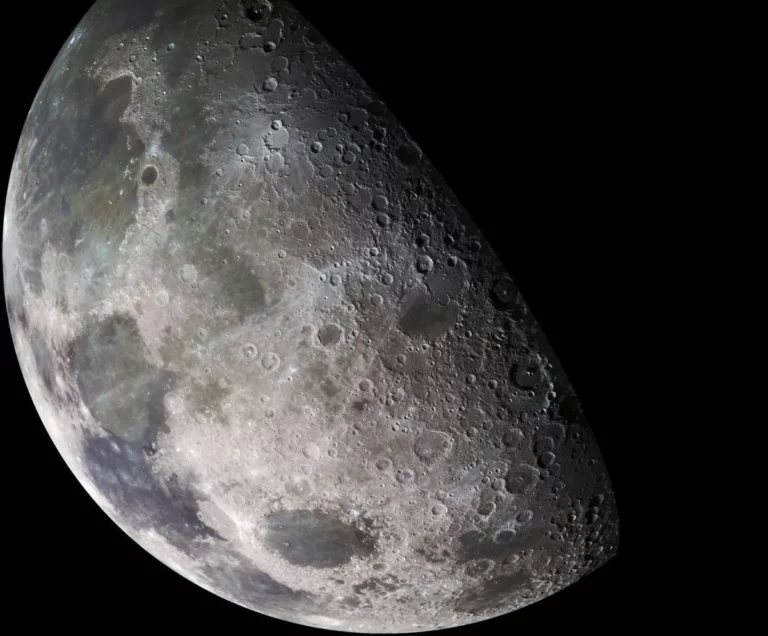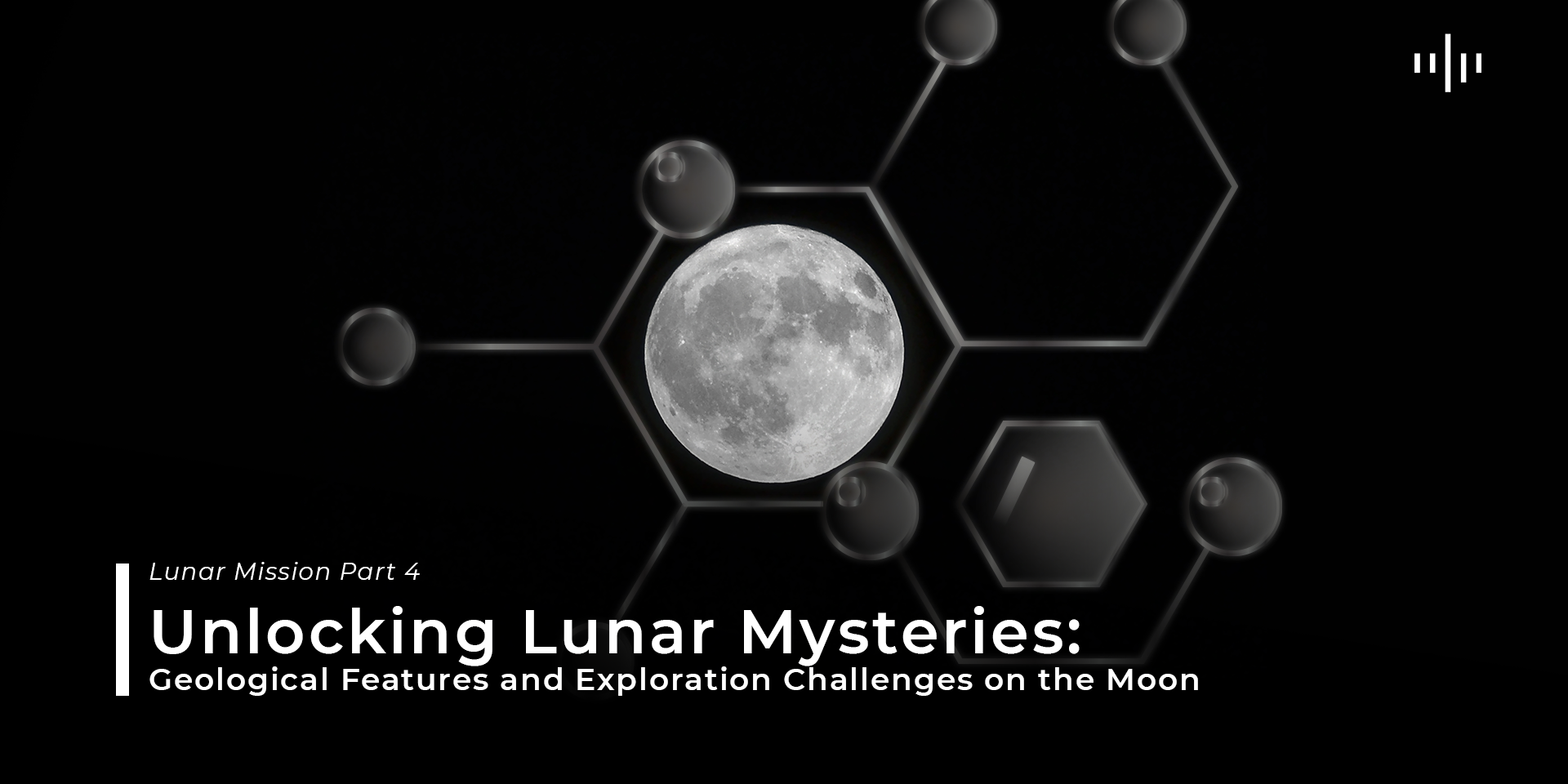Lunar Mission Part 4
Unlocking Lunar Mysteries: Geological Features and Exploration Challenges on the Moon
Geological Features and Their Exploration Significance
The Moon’s geological features offer invaluable insights and opportunities for exploration. Among these features, the Maria, or lunar seas, stand out as vast basaltic plains formed by ancient volcanic activity. These regions, characterized by their flat, dark surfaces, are ideal for landing spacecraft and establishing bases due to their accessibility. The basaltic composition of the Maria provides rich data about the Moon’s volcanic past. However, these smooth plains can be deceptive, hiding small, sharp rocks that pose risks to landing missions and rovers.
In contrast, the lunar highlands present a rugged, elevated terrain that holds the Moon’s oldest surfaces. Studying these ancient regions is crucial for understanding the Moon’s early history and geological processes. The highlands, rich in anorthosite, reveal details about the early differentiation of the lunar crust and the impact history of the solar system. Yet, their rough terrain complicates exploration, requiring advanced technologies and careful planning. Lunar craters formed by billions of years of impacts, offer scientific opportunities to understand the Moon’s composition and internal structure. Large craters expose deep materials, providing clues about the Moon’s geology. However, exploring craters is challenging due to their steep walls, loose debris, and extreme temperature variations between crater floors and rims.

A mosaic image of the Moon captured by the Galileo spacecraft, showing colour on the lunar surface. On the upper left is Mare Imbrium; middle left is Mare Serenitatis; lower left is Mare Tranquillitatis, and the dark patch towards the bottom is Mare Crisium. Credit: Stocktrek Images
Challenges of Lunar Landscapes
Lunar exploration faces several significant challenges, primarily due to the Moon’s harsh environment. The extreme temperatures, ranging from about 127°C (260°F) during the day to -173°C (-280°F) at night, necessitate robust thermal management systems. Insulation, active heating and cooling systems, and thermal radiators are essential for protecting habitats and equipment. Advanced spacesuits with integrated thermal control are also vital for astronaut safety.
Lunar dust, or regolith, presents another formidable challenge. The fine, abrasive particles can penetrate machinery, causing damage, and pose health risks to astronauts. Effective dust mitigation strategies are critical for the success of long-term lunar missions. These include developing dust-resistant materials, improved seals for equipment, and effective dust removal techniques like electrostatic systems and mechanical brushes. For human explorers, measures such as dust-tight habitats, airlocks, and protective clothing are necessary to minimize exposure and prevent inhalation of harmful particles.
Additionally, the Moon’s lack of a protective atmosphere and magnetic field exposes its surface to high levels of cosmic radiation and solar particle events. Radiation protection is a primary concern for human explorers. Shielding habitats with regolith or specially designed materials can provide significant protection. Portable shelters or underground structures offer safe havens during periods of high solar activity. Advances in spacesuit design, incorporating radiation-resistant materials and active monitoring systems, are essential to safeguard astronauts during surface activities. Research into pharmaceutical countermeasures that mitigate radiation damage is also ongoing.
In summary, while the Moon’s geological features offer profound scientific and exploration opportunities, overcoming the associated challenges is essential for the success of future lunar missions. Through continued innovation and careful planning, humanity can unlock the secrets of our nearest celestial neighbor and pave the way for sustained lunar exploration and habitation.







